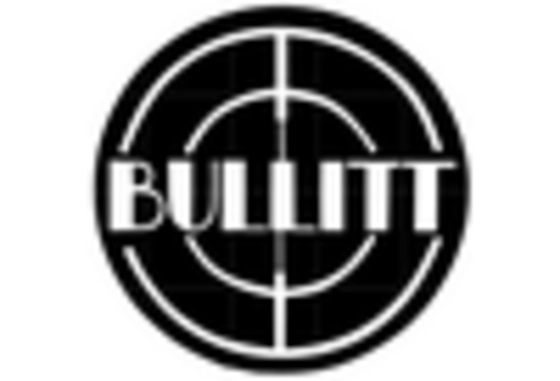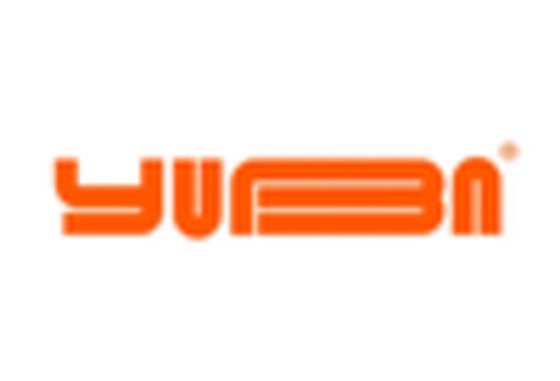The Cargo Bicycle Market is currently characterized by a dynamic competitive landscape, driven by increasing urbanization, environmental concerns, and a growing demand for sustainable transportation solutions. Key players such as Rad Power Bikes (US), Yuba Bicycles (US), and Urban Arrow (NL) are strategically positioning themselves through innovation and regional expansion. Rad Power Bikes (US) has focused on enhancing its product line with electric cargo bicycles, appealing to a broader consumer base seeking efficient urban mobility. Meanwhile, Yuba Bicycles (US) emphasizes community engagement and sustainability, promoting its cargo bikes as eco-friendly alternatives for families and businesses. Urban Arrow (NL) has carved a niche in the premium segment, leveraging high-quality materials and design to attract discerning customers, thereby shaping a competitive environment that prioritizes quality and functionality.
In terms of business tactics, companies are increasingly localizing manufacturing to reduce lead times and enhance supply chain resilience. This approach appears to be particularly relevant in a moderately fragmented market where collaboration among key players can lead to improved efficiencies. The collective influence of these companies is notable, as they not only compete but also set industry standards that others may follow, thereby reinforcing their market positions.
In August 2025, Rad Power Bikes (US) announced a partnership with a major urban logistics company to integrate their cargo bikes into last-mile delivery services. This strategic move is likely to enhance Rad Power's visibility in the logistics sector, positioning it as a viable alternative to traditional delivery vehicles. The partnership underscores the growing recognition of cargo bicycles as efficient solutions for urban logistics, potentially expanding Rad Power's market share.
In September 2025, Yuba Bicycles (US) launched a new line of electric cargo bikes designed specifically for families, featuring enhanced safety features and customizable options. This initiative reflects Yuba's commitment to addressing the needs of urban families, suggesting a strategic focus on niche markets that prioritize safety and versatility. By catering to this demographic, Yuba may strengthen its brand loyalty and expand its customer base.
In July 2025, Urban Arrow (NL) unveiled a new model that incorporates smart technology for enhanced user experience, including GPS tracking and integrated theft protection. This innovation indicates Urban Arrow's focus on integrating technology into its product offerings, which could attract tech-savvy consumers and differentiate its products in a competitive market. The emphasis on smart features may also align with broader trends in digitalization within the transportation sector.
As of October 2025, the Cargo Bicycle Market is witnessing trends that emphasize digitalization, sustainability, and the integration of advanced technologies. Strategic alliances among companies are increasingly shaping the competitive landscape, fostering innovation and collaboration. The shift from price-based competition to a focus on technological advancements and supply chain reliability is becoming evident. Companies that prioritize innovation and sustainability are likely to emerge as leaders in this evolving market, as consumer preferences continue to shift towards environmentally friendly and technologically advanced solutions.

















Leave a Comment